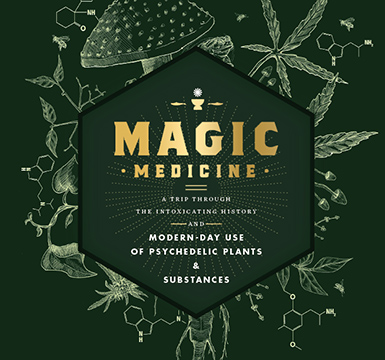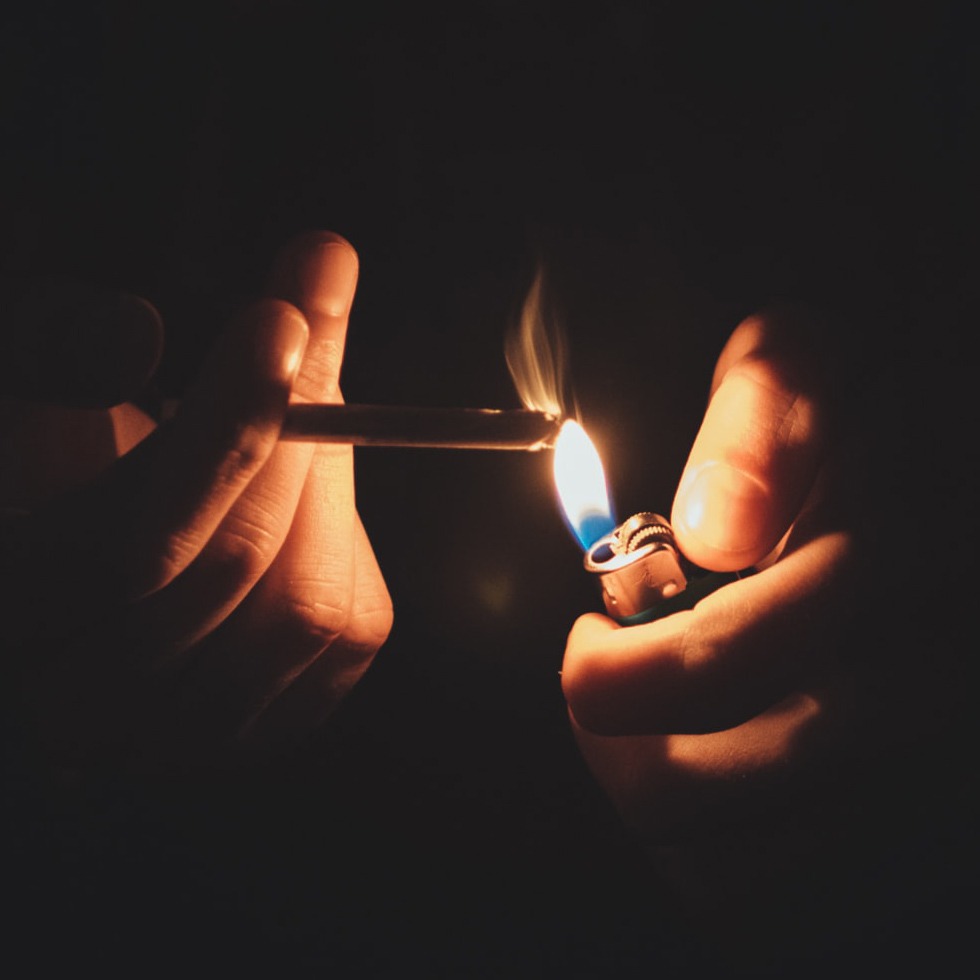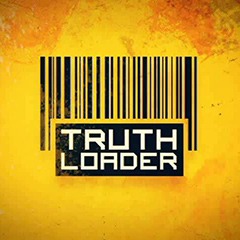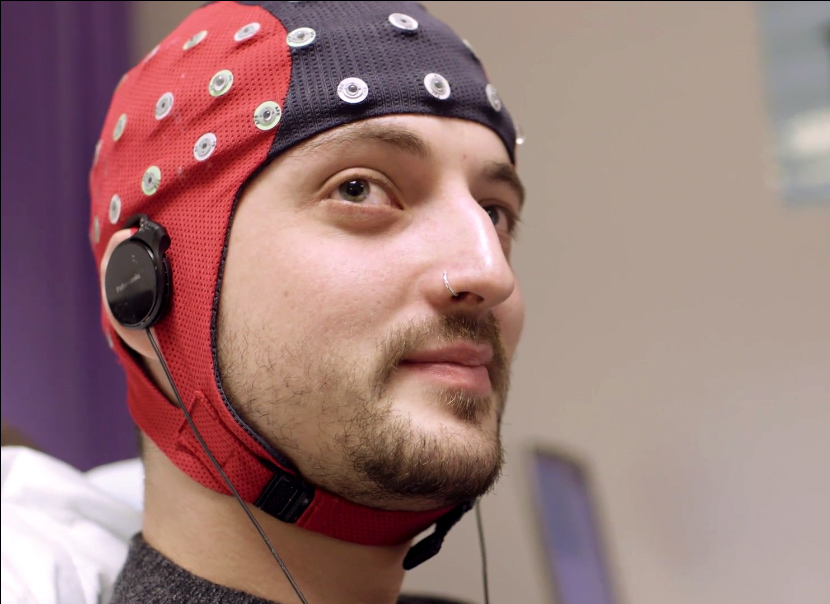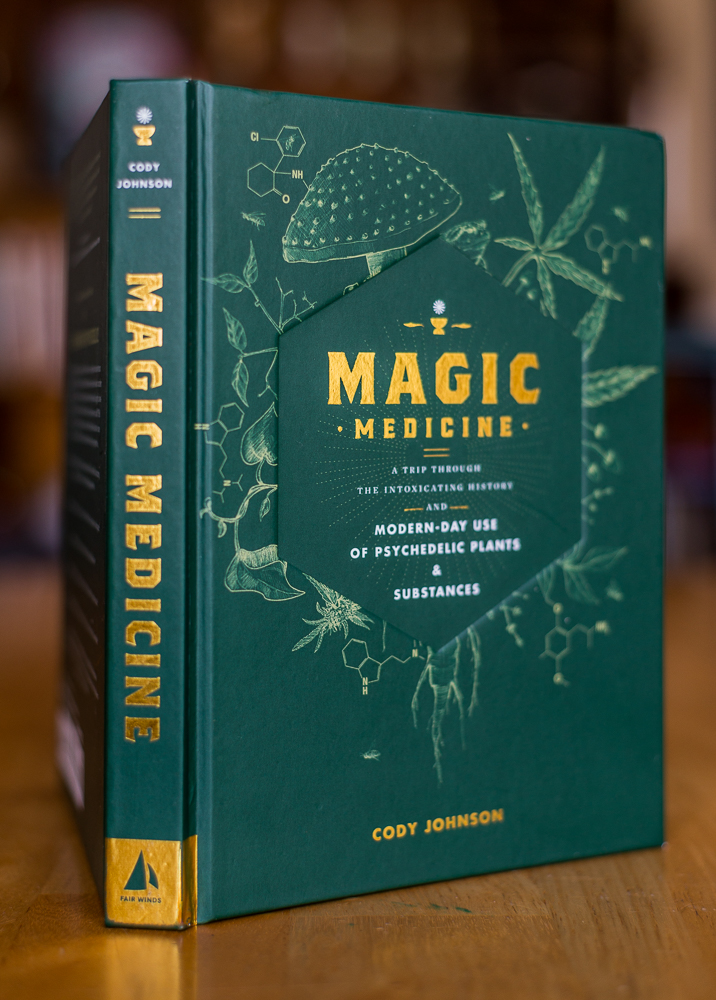This is a landmark step towards sensible US drug policy. Since the Nixon Administration passed the Controlled Substance Act passed in 1970, nearly all psychedelic-style drugs have been automatically classified as Schedule I, which means absolute prohibition with no recognized medical potential. (LSA presents an exception as a Schedule III drug, and the case may be made for the “psychedelic” nature of dextromethorphan and ketamine.)
Lorcaserin, a weight loss drug with euphoric, hallucinogenic, and dissociative effects at high doses, has been classified as a Schedule IV medicine. This marks the first time that the DEA has acknowledged the medical benefits of a 5-HT2A agonist with seemingly psychedelic effects at high doses. I say “seemingly” because studies focusing specifically on lorcaserin’s psychedelic effects have not been undertaken, and the subjective effects may differ considerably from well-known psychedelics like LSD and psilocybin.

Lorcaserin is a weight loss drug, the first one to be approved since 1999. Its placement in Schedule IV indicates a “low potential for abuse and low risk of dependence.” Other drugs in Schedule IV include benzodiazepines such as Xanax and Valium. Lorcaserin’s trademark name will be Belviq.
Like well-known psychedelics, lorcaserin is an agonist at 5-HT2 serotonin receptors. Classic psychedelics like LSD, psilocybin, and mescaline have high affinity for the 5-HT2A subtype, whereas lorcaserin favors 5-HT2C. Because of this difference, it is likely to be less psychedelic than those agents, and its potential as a therapeutic psychedelic remains unknown. Patients looking to lose weight will not be tripping balls, since mood-altering effects only kick in at higher doses. Nor is there likely to be much demand for lorcaserin among recreational users, since there are better options with higher 5-HT2A affinity and plenty of availability. The importance of this decision is more symbolic.
A new precedent has been set in American drug policy. We are finally breaking free from the traditional rhetoric that classes all 5-HT2A agonists as poisons, and taking an evidence-based approach to drug policy. Imagine evaluating drugs based on their effects and safety profile rather than political pressure! Perhaps this decision marks the beginning of a new, ongoing commitment to rational drug policy. This hope isn’t as far-fetched as you might think, considering that psychedelic advocate Rick Doblin recently met with the Pentagon to discuss the study of MDMA in treating veterans with PTSD.
An important result of this decision is that doctors could prescribe lorcaserin for off-label purposes such as psychedelic therapy. (Off-label means prescribing a drug for purposes that have not been specifically approved by the FDA.)
The only drug in an arguably similar position is ketamine, a Schedule III dissociative anesthetic which has shown potential in treating depression and is slowly becoming clinically available for that purpose. Lorcaserin is completely different from ketamine in chemistry and effects, and may offer unique therapeutic applications. If it does turn out to have useful psychedelic effects, it will be the first psychedelic agent available for psychotherapy in the United States. This would make a large step towards legitimizing an important discipline which has remained illegal and underground for decades: psychedelic therapy.
This remains speculative for now. We don’t have enough information about the mental state lorcaserin produces to conclude that it is effective as a therapeutic psychedelic. Perhaps any dose high enough to produce useful psychedelic effects also causes unpleasant side effects, rendering it useless for the purpose of psychedelic therapy (not to mention tripping).
The DEA’s evaluation of lorcaserin’s abuse potential paints a dreary picture of its potential for use as a psychedelic. In a study with 35 recreational drug users, they found that most subjects disliked high doses of lorcaserin:
The subjective effects of a 20-mg dose of lorcaserin were similar to those of placebo, whereas supratherapeutic doses of lorcaserin were associated with significant levels of dislike by users as compared with placebo, zolpidem, and ketamine. Perceptual effects were minimal after administration of lorcaserin and significantly lower than after administration of either ketamine or zolpidem. The findings suggest that, at supratherapeutic doses, lorcaserin is associated with distinct, primarily negative, subjective effects and has low abuse potential.
Nevertheless this is a historic decision that represents a step forward in intelligent drug policy. The DEA summary of the decision is here.
Lorcaserin ((R)-8-chloro-1-methyl-2,3,4,5-tetrahydro-1H-3-benzepine hydrochloride hemihydrate) is a new chemical entity which has central nervous system hallucinogenic properties. Lorcaserin is a serotonin receptor agonist, at the 5HT2C and 5HT2A receptor subtypes. Lorcaserin HCl was approved by the Food and Drug Administration (FDA) on June 27, 2012, as an addition to a reduced-calorie diet and exercise, for chronic weight management and it will be marketed under the trade name BELVIQ (r).
The patient information fact sheet gives details about the effects of doses over 40mg:
In a human abuse potential study in recreational drug abusers, supratherapeutic oral doses of lorcaserin (40 and 60 mg) produced up to two- to six-fold increases on measures of “High”, “Good Drug Effects”, “Hallucinations” and “Sedation” compared to placebo. These responses were similar to those produced by oral administration of the positive control drugs, zolpidem (15 and 30 mg) and ketamine (100 mg). In this study, the incidence of the adverse reaction of euphoria following lorcaserin administration (40 and 60 mg; 19%) is similar to the incidence following zolpidem administration (13-16%), but less than the incidence following ketamine administration (50%). The duration of euphoria following lorcaserin administration persisted longer (> 9 hours) than that following zolpidem (1.5 hours) or ketamine (2.5 hours) administration.
For the FDA’s clinical review of lorcaserin, see this document (120 pages). Here are some results from the study:
- Lorcaserin 20-60 mg produced a relatively high incidence of dose-related euphoria (6-19%) compared to placebo (0%)
- The incidence of euphoria from lorcaserin was similar to that reported for zolpidem (13-16%) and less than that reported for ketamine (50%)
- AEs of euphoria, hallucinations, and dissociation variably seen with lorcaserin in Phase 1 studies
- Euphoria seen infrequently in Phase 3 [a study of 10mg taken twice daily], yet at greater frequency with lorcaserin than placebo
Note: “AEs” are Adverse Effects like euphoria and hallucinations, better known in the psychedelic community as “desirable effects.”
The single dose studies indicated that nothing much happened in terms of mood shift below 40mg. But with a single 40mg dose, most users report euphoria and “altered mood.” Doses between 40 and 60mg were associated with hallucinations and dissociative effects in some subjects.
Liked this post? Subscribe to my RSS feed to get much more!

